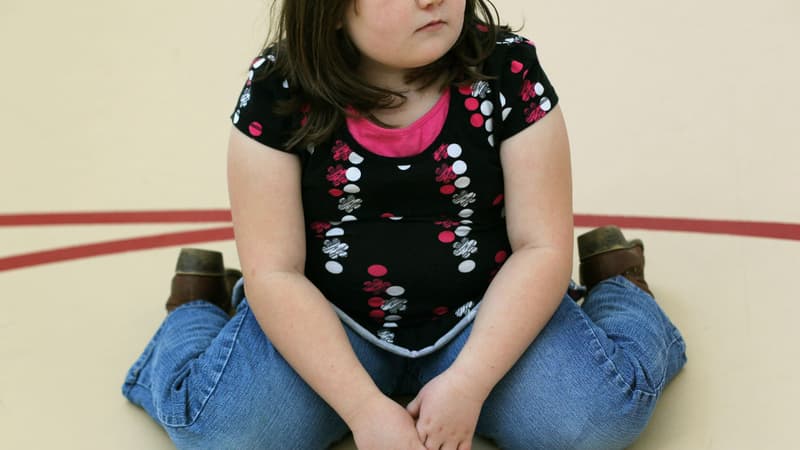Diet, physical inactivity, genetic predispositions… The major public health problems, overweight and obesity are gaining ground in France and do not spare children. How can parents detect the first signs of being overweight to ensure early control?
It is a clear observation: 34% of children from 2 to 7 years old and 21% of those from 8 to 17 years old are overweight or obese, according to a survey carried out by the League Against Obesity.
Monitor health record
“It is important to say that a frank sign is not recognizable, appearance is deceptive, especially in a young child,” begins Nellie Houeto, a pediatrician in Hyères and co-director of the obesity group of the French Association of Ambulatory Pediatrics. (Oops).
To identify the situation of overweight in children, “it is important to monitor the BMI curve over the years” by the attending physician or other caregivers, “at least once a year”, continues the expert.
The corpulence is calculated from the body mass index (BMI), obtained by dividing the weight (kg) by the square of the height (m2). The BMI, which is read using corpulence curves according to age and sex, reflects corpulence. This index is the commonly used means of estimating adiposity.
“We are talking about overweight when a child exceeds the 97th percentile of the reference curves that parents can see, for example, in the medical history: the orange page for girls and the green page for boys,” adds Frédérique Gastaud, a specialist in disorders and endocrine pathologies in children and adolescents and co-director of the Afpa obesity group.
The 6 year milestone
Keeping an eye on the curves “allows us to highlight a possible increase in corpulence before the age of 6-7”, according to Nellie Houeto.
A child’s BMI curve normally rises during their first year, falls between the ages of one and six, and should gradually begin to rise again starting at age six. This rise corresponds to the “rebound of adiposity”.
According to the Haute Autorité de Santé, if this rebound occurs before the age of 5, then we speak of “rebound of early adiposity”. In this case, the child is then more likely to develop overweight in childhood.
Signs of everyday life.
Poor sleep or snoring at night, difficulty concentrating and fatigue during the day are some of the factors parents can identify, Ameli notes on her website.
In addition, “the earliest symptom is the child’s shortness of breath when he makes efforts,” the public health institution also specifies.
“In children there is the whole psychosocial aspect” that also counts, emphasizes Frédérique Gastaud. And to act, it is first necessary to “flatten out” before being able to follow up.
Source: BFM TV


